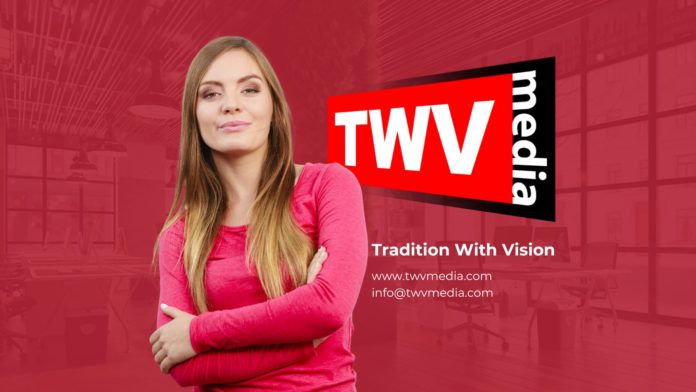In the world of design, few elements carry as much significance as logos and banners. They are not merely artistic creations but symbolic representations of a brand’s identity and mission. The best logo and banner designs possess the capacity to leave an indelible impression on an audience’s mind, shaping perceptions and driving brand recognition.
The Power of Logos and Banners
Logos and banners are potent tools used in visual communication. A well-crafted logo can encapsulate the essence of a brand, projecting its values, mission, and unique selling points. On the other hand, banners, with their larger space and attention-drawing nature, are ideal for temporary promotions, event announcements, and detailed messages.
Logos are often the first point of contact between a brand and its audience, making them a pivotal part of a brand’s identity. Banners are typically employed in advertising, where they carry the brand’s message beyond the logo to engage consumers directly.
Fundamental Principles of Logo Design
Simplicity: The most iconic logos are often the simplest. Simplicity enables easy recognition and allows the logo to be versatile and memorable. Brands like Apple and Nike exemplify this principle with their uncomplicated yet striking logos.
Relevance: A logo should be appropriate for the brand and its target audience. It should reflect the nature of the business and resonate with the brand’s demographic.
Timelessness: An effective logo stands the test of time. While it may undergo minor tweaks to keep up with changing trends, the core design remains consistent, ensuring long-term recognition.
Versatility: A great logo functions well in various applications and scales. Whether on a business card, a billboard, or a digital screen, it should remain clear and identifiable.
Fundamental Principles of Banner Design
Clarity of Message: Banners are created with a purpose. Whether it’s promoting a product or announcing an event, the message should be clear and easy to understand.
Visual Hierarchy: Banners should guide the viewer’s eyes through the design in a predetermined order. This is achieved through a visual hierarchy that includes size, color, and placement.
Balance and Proportion: Good banner design maintains a balance of elements to create visual harmony. Size, colour, and space of each element should be well-considered to avoid overwhelming the viewer.
Call to Action: This is particularly crucial in digital banner designs. An effective banner includes a compelling call to action, directing the viewer to take a desired step.
The Intersection of Aesthetics and Strategy
Logo and banner design isn’t just about making something that looks good; it’s about making something that works. A good design is a blend of aesthetic appeal and strategic intent. It is important to consider the design’s function and how effectively it communicates the brand message.
Designing an effective logo or banner is a careful process that combines creativity, strategy, and understanding of the brand and its audience. While it may seem daunting, following the fundamental principles can guide designers towards creating a visual identity that not only resonates with the audience but also stands the test of time.
In today’s digital age, where visual content is increasingly significant, the importance of a well-designed logo and banner cannot be overstated. They are not only tools for identification but also powerful means of communication that can build and reinforce a brand’s image in the minds of consumers.
Contact the team at TWV Media
We’re always on hand to help you, get in contact today and we’ll give you the helpful tips, pointers and design resources you require.






